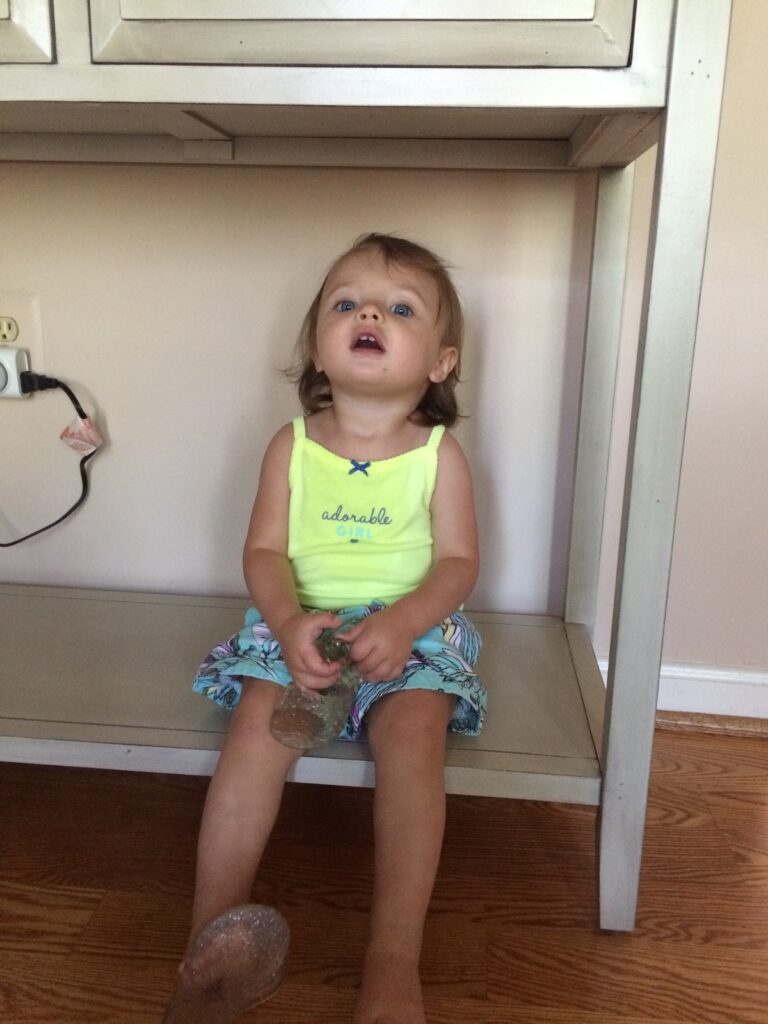
Bringing a baby into your home is an exciting and rewarding experience, but it also comes with new responsibilities—especially when it comes to safety. Once your little one starts crawling, pulling up, and exploring, baby-proofing your home becomes essential to protect them from potential hazards. While it can feel overwhelming at first, following some simple tips can ensure your home is a safe haven for your growing baby.
Here are the top 10 tips for baby-proofing your house:
1. Secure Heavy Furniture and TVs
Babies are curious and love to climb on anything they can reach. To prevent tipping accidents, make sure to anchor heavy furniture like bookshelves, dressers, and TVs to the wall. Use anti-tip straps or brackets to securely fasten these items and reduce the risk of them falling over if your baby pulls on them.
2. Install Safety Gates
To keep your baby out of hazardous areas like stairs, kitchens, and bathrooms, install safety gates. Choose gates that are hardware-mounted for the top of the stairs and pressure-mounted for other areas. Always double-check that they are properly secured and high enough that your baby can’t climb over them.
3. Cover Electrical Outlets
Electrical outlets are at the perfect height for little fingers. Protect your baby from electric shocks by covering all outlets with sliding or plug-in covers. Be mindful of unplugged chargers and cords that can also pose a danger and keep them out of reach.
4. Lock Cabinets and Drawers
Your baby will eventually want to explore every drawer and cabinet they can get their hands on, including ones that store harmful items like cleaning supplies or sharp objects. Use childproof locks or latches on all cabinets and drawers that contain dangerous items. Consider moving toxic materials to higher, out-of-reach shelves.
5. Soften Sharp Edges and Corners
Once your baby starts cruising around, sharp edges on tables, countertops, and fireplaces can pose a serious risk of injury. Use corner guards and edge protectors to soften these hard surfaces and keep your baby safe as they learn to balance and walk.
6. Use Cordless Blinds and Secure Cords
Window cords can be strangulation hazards for small children. To avoid this danger, install cordless blinds or secure dangling cords with cleats or cord winders that are high enough to be out of your child’s reach.
7. Baby-Proof Windows and Doors
To prevent accidental falls, make sure all windows have locks or safety latches that limit how far they can open. If possible, install window guards to add an extra layer of protection. Be mindful of doorways as well—door stoppers or door pinch guards can prevent your baby’s fingers from getting trapped.
8. Safeguard the Bathroom
Bathrooms are full of hazards like water, electrical appliances, and sharp tools. Keep your baby safe by installing locks on toilet lids, storing all personal care items and medications in locked cabinets, and unplugging electrical appliances when not in use. Additionally, set your water heater temperature to a maximum of 120°F (49°C) to prevent burns.
9. Keep Small Objects Out of Reach
Babies love to put things in their mouths, which means small objects can quickly become choking hazards. Regularly check your floors, furniture, and toys for any small items that could pose a danger, such as coins, buttons, or tiny parts from toys.
10. Create a Safe Play Area
While baby-proofing your entire home is important, it’s also a good idea to create a designated safe play area where your baby can freely explore. Use a playpen or gated-off space that’s free from hazards and filled with age-appropriate toys. This can give you peace of mind when you need to step away briefly.
Bonus Tip: Keep It Simple and Ongoing
Baby-proofing is an ongoing process. As your baby grows and becomes more mobile, they’ll find new ways to explore their surroundings. Regularly assess your home for potential risks and update your safety measures as needed.
While baby-proofing can significantly reduce hazards, supervision is always the most important layer of safety. Be present and engaged when your baby is exploring, and don’t hesitate to adjust your home as their needs evolve.



+ view comments